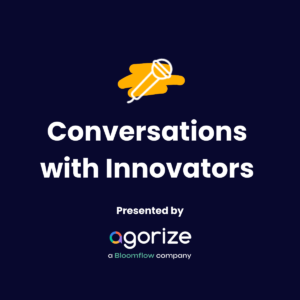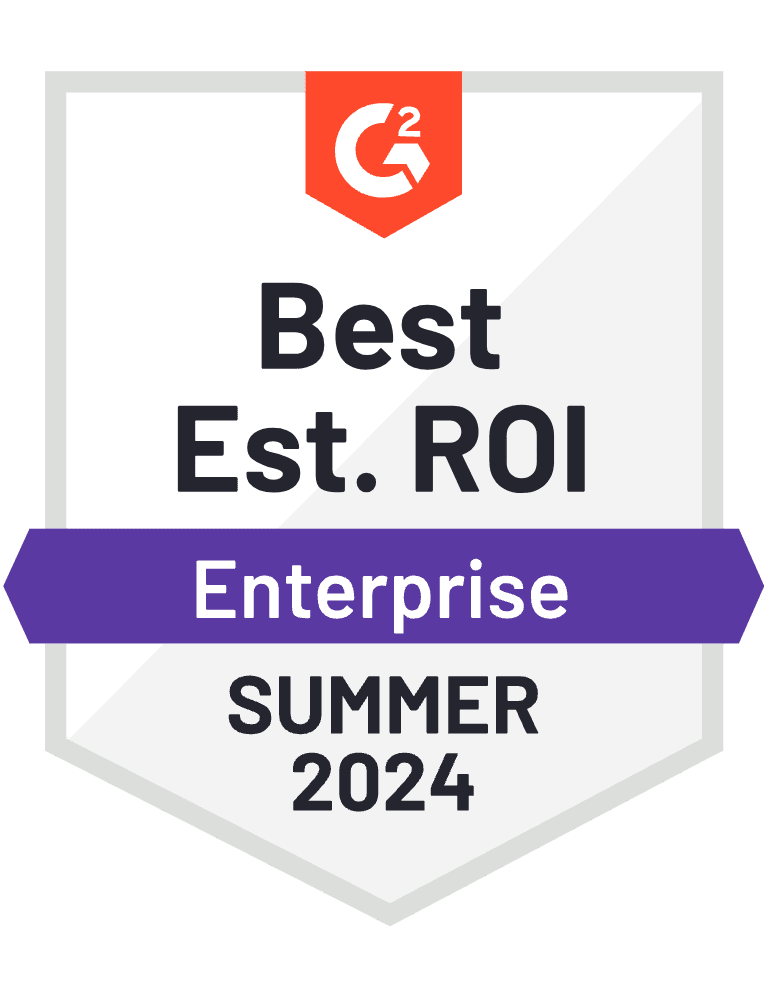In the age of the digital company, the practice of older employees passing on their knowledge and expertise to younger colleagues is being turned on its head. If your company is working on its digital transformation, then you must have felt the need to bring Generation X and Y together. And reverse mentoring is the best tool for the job.
What is reverse mentoring?
First developed in the 1990s at General Electric, Jack Welch, CEO, popularized the concept of reverse mentoring. But the digital age is calling the old practices into question. Nowadays, all companies have a clear digital strategy and assign internal resources to it. But there’s still a big difference between generations in terms of their digital maturity. Learning how to use digital tools, how they work and the business opportunities they present is difficult for senior managers. The traditional training that’s provided is far too theoretical – and so it doesn’t focus on the practical side enough.
And that’s where reverse mentoring comes in. As you’ve probably guessed, reverse mentoring is when the digital natives of Generation Y and Z give executives, managers and senior employees training on the tools and practices of the digital age. It might cover topics ranging from managing the company’s e-reputation and its personal branding on social media and collaborative platforms to optimizing sites and products for smartphones and tablets.
Changing mindsets and strengthening the spirit of collaboration
The main obstacle that prevents people from adopting the concept is the fear that such fundamental changes to the company’s managerial practices are too risky.
Historically, the management culture within French businesses has been based on a pyramid-like hierarchy with a streamlined structure, and has developed on stable markets. Essentially, it’s a culture with a long-term focus. Except that in today’s world, do we really need to remind you how fast things move? Companies also need to adopt more short-term visions, with agile and flexible teams who can react extremely quickly to new situations, such as if a breakthrough innovation suddenly arrives on the market and changes the game entirely.
In France, 40% of managers think that reverse mentoring is a risk, not an opportunity! In comparison, only 10% of German and American managers share their opinion. Work needs to be done to break down the psychological barriers that prevent change and paralyze innovation.
Bringing generations together
Companies are often faced with the challenge of managing Generations Y and Z and intergenerational relations. The management style that’s been used up until now needs to evolve and to accept the new principles that are key to integrating digital natives into your company – giving them meaning, independence and responsibilities, and building a relationship based on trust, not authority.
The process of reverse mentoring is the perfect response to these challenges, allowing people to forge bonds and create an intergenerational team spirit within the company.
It’s a win-win relationship, as young employees teach digital culture to older colleagues and make themselves more visible to their managers. And executives can update their skills through practical exercises and pass on their experience and knowledge of the profession and the business, too.
Ultimately, it’s certain to benefit any company that wants (or needs) to modernize, as all employees are on the same page in terms of knowledge of digital tools, of the company, and of the market as a whole. It results in a genuine community that’s capable of making clear, relevant decisions and that can carry out projects that are suited to the business and its context.
4 steps to implementing a reverse mentoring programme
1. Get HR involved
Start by getting your company’s HR teams involved. They’ll play a crucial role, as the first step is to identify and choose your first mentors, who’ll demonstrate their keen interest in digital technology and, above all, have good teaching skills.
One of the best approaches is to form pairs. The mentors’ students don’t all have the same expectations and needs in terms of learning about the digital world, hence the importance of tailored support. And this means that your human resources department has a crucial role to play in creating the most appropriate teams.
2. Give the project legitimacy
The reverse mentoring project needs to be supported by the company’s top management and enforced by its talent management strategy in order to boost its legitimacy, and support tools also have to be put in place – a training guide, a glossary, practical guides, COOCs (Corporate Open Online Courses), SPOCs (Small Private Online Courses), etc.
3. Use short meetings
In terms of frequency, it’s best to have one- to two-hour sessions every two or three weeks over a period of around six months – for obvious reasons in terms of managers’ schedules and of concentration. Between sessions, students can use documents prepared by the mentor to perfect their skills or prepare for the next session.
4. Test it out on a sample of employees
Don’t start by immediately rolling out the project across your entire company. Choose a sample of employees as a pilot group to give you constructive feedback to help improve the program. This is the principle of Test & Learn.
You should also offer a range of learning themes to mentor/student pairs so they can choose the right topic for their needs. Encouraging them to meet in a neutral area outside of their normal working environment is important, too.
Once you’ve carried out your pilot, expand your reverse mentoring scheme to your entire organization.
These companies use reverse mentoring – why don’t you?
Some of the pioneers of the concept of reverse mentoring include the agri-food giant Danone, as well as Orange, Accenture, IBM and AXA. The insurance firm has just launched a programme that’s designed to train over 1500 employees around the world.
Karima Silvent, HR director at AXA, has this to say about reverse mentoring:
“Above all, digital transformation means a change of mindset. Just because you have an iPhone or a tablet, it doesn’t mean that you know how to make the most of it or use social media or apps.”
She also highlights the fact that it brings generations together. “At Axa, […] 3 or 4 generations of employees work together, so our aim is to eliminate fragmentation and break down barriers.”
Don’t forget that reverse mentoring isn’t a one-time process – new digital tools and practices are appearing every day. What you need is a truly long-term training plan.
Introducing the concept of open management into your management culture is a way of boosting your employer brand. It also helps to build your employees’ loyalty and prevent them from becoming disengaged. It’s up to you to use reverse mentoring as a powerful tool to make your management more dynamic.










